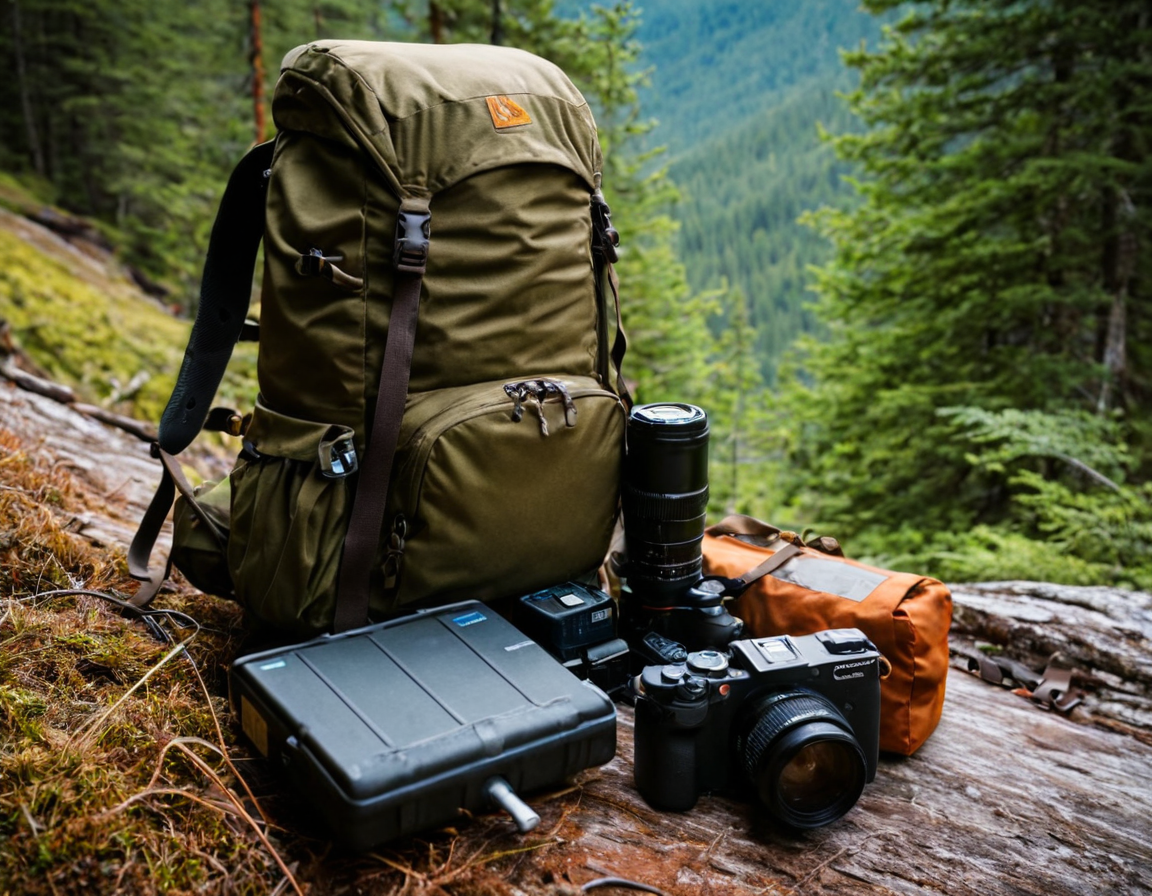Camera Battery Tips & Tricks - Adventure Photography

Understanding Camera Batteries in Extreme Environments: Tips and Tricks for Adventure Photographers
As an adventure photographer, you’re no stranger to the thrill of capturing breathtaking images in some of the most inhospitable environments on Earth. However, with great power comes great responsibility – particularly when it comes to your camera’s battery life.
In this article, we’ll delve into the world of camera batteries and explore the tips and tricks for managing them in extreme conditions. Whether you’re trekking through the jungle, climbing a mountain, or exploring the depths of the ocean, understanding how to optimize your battery usage can make all the difference between getting the shot and going home empty-handed.
Introduction
Camera batteries are an essential component of any camera setup, and it’s crucial to understand their limitations and potential pitfalls. In extreme environments, batteries can quickly become a liability, especially when temperatures fluctuate wildly or power is scarce.
In this article, we’ll focus on providing practical advice for managing your camera battery life in the face of adversity. We’ll cover topics such as:
- Battery management techniques
- Choosing the right gear for the job
- Staying safe and responsible
Choosing the Right Gear for the Job
When it comes to choosing a camera for extreme environments, there are several factors to consider. Here are some key considerations:
- Durability: Look for cameras with ruggedized designs and weather-sealed components.
- Power efficiency: Opt for cameras with power-saving features like low-power modes or energy-efficient processors.
- Battery life: Check the battery life of the camera and ensure it can handle the demands of your shoot.
Some popular options include:
- The Nikon Z6 II
- The Canon EOS R5
- The Sony A7R IV
Battery Management Techniques
Proper battery management is key to extending the life of your batteries and ensuring they last throughout your shoot. Here are some tips:
- Avoid extreme temperatures: Keep your batteries away from direct sunlight, moisture, or extreme cold.
- Avoid deep discharging: Try to keep your batteries charged between 20% and 80% if possible.
- Use a battery warmer or cooler if necessary
- Monitor your battery health regularly
Staying Safe and Responsible
As an adventure photographer, it’s essential to prioritize your safety above all else. Here are some key considerations:
- Respect the environment: Be mindful of your impact on the environment and respect local regulations.
- Stay informed: Research the location thoroughly and stay up-to-date with local conditions.
- Bring a support team: Consider bringing a partner or joining a guided tour to ensure your safety.
By following these tips and being mindful of the potential pitfalls, you can minimize risks and focus on capturing stunning images in even the most inhospitable environments. Remember, it’s not just about getting the shot – it’s about doing so responsibly and safely.
Tags
extreme-environment-photography adventure-photo-tips camera-battery-life underwater-cameras mountain-climbing-photographer
About Emily Williams
As a seasoned photographer and educator, I help creative minds unlock their potential on lentecreativa.com. With a focus on real-world tips & techniques, I inspire photographers to push boundaries & tell stories that matter.
